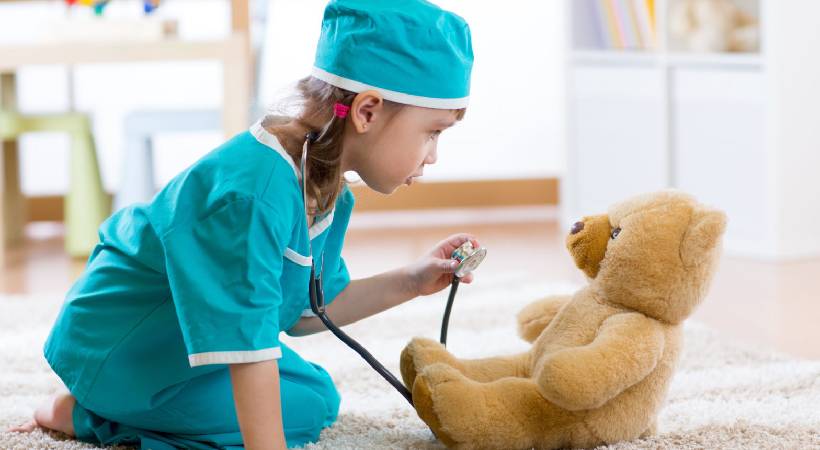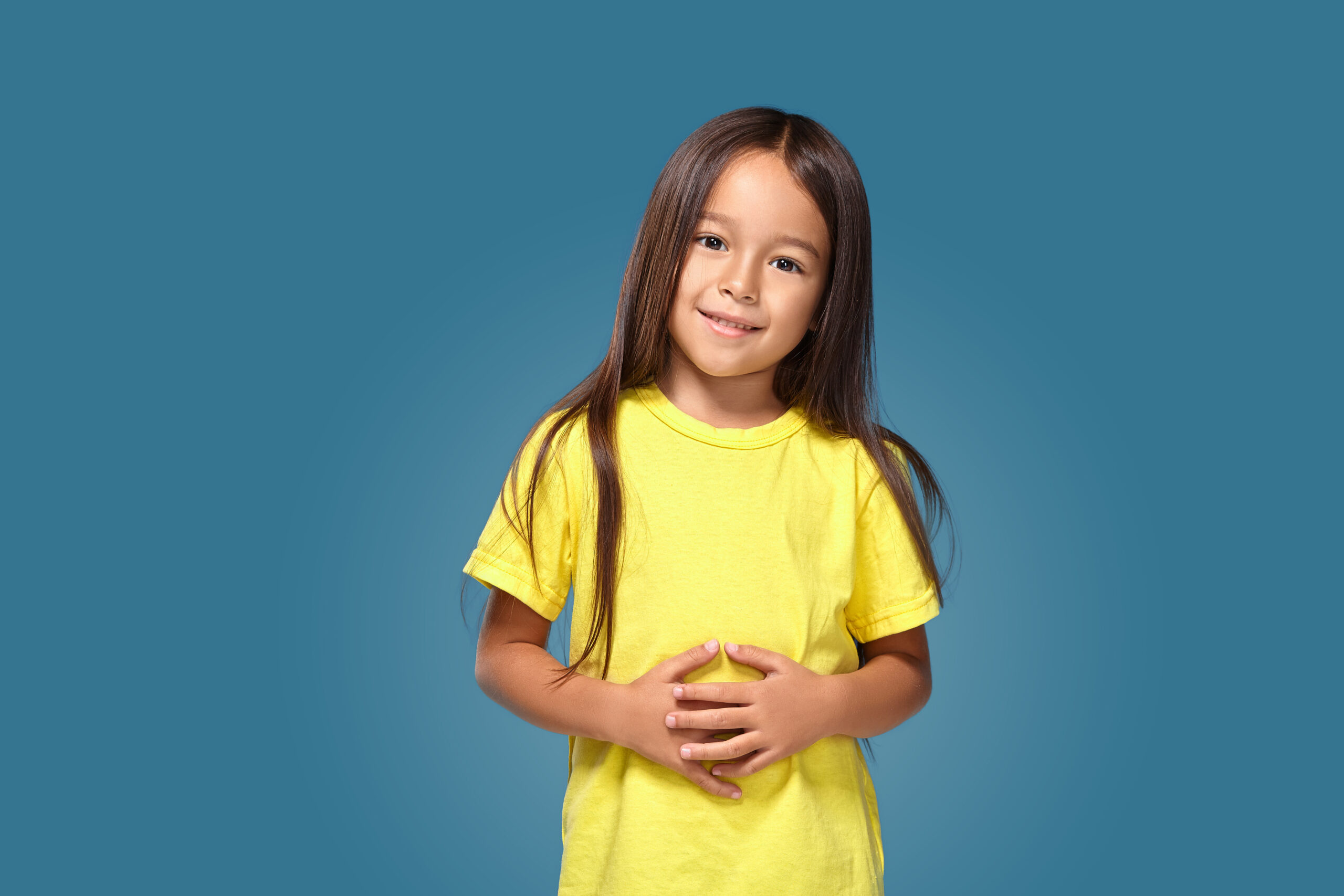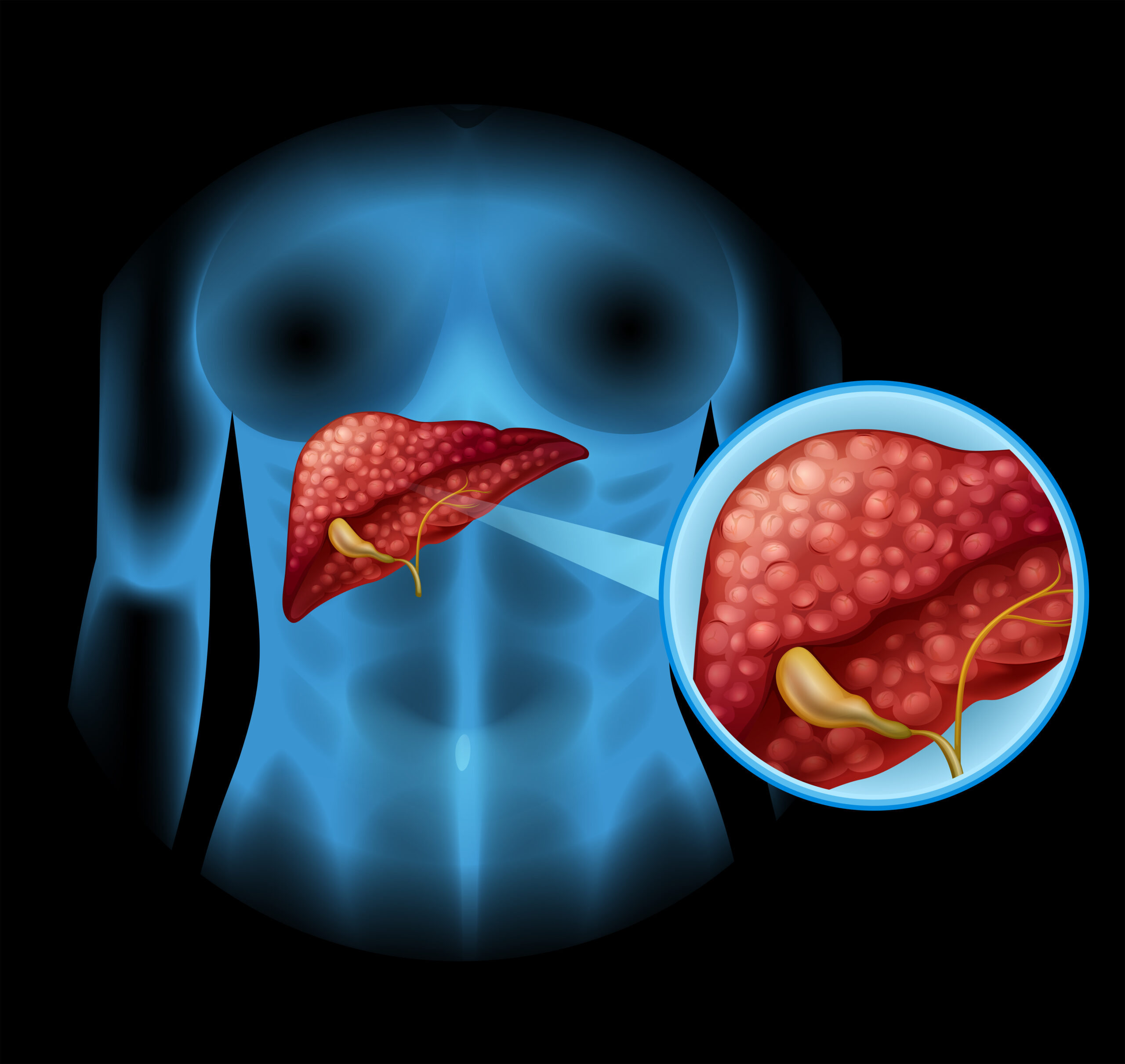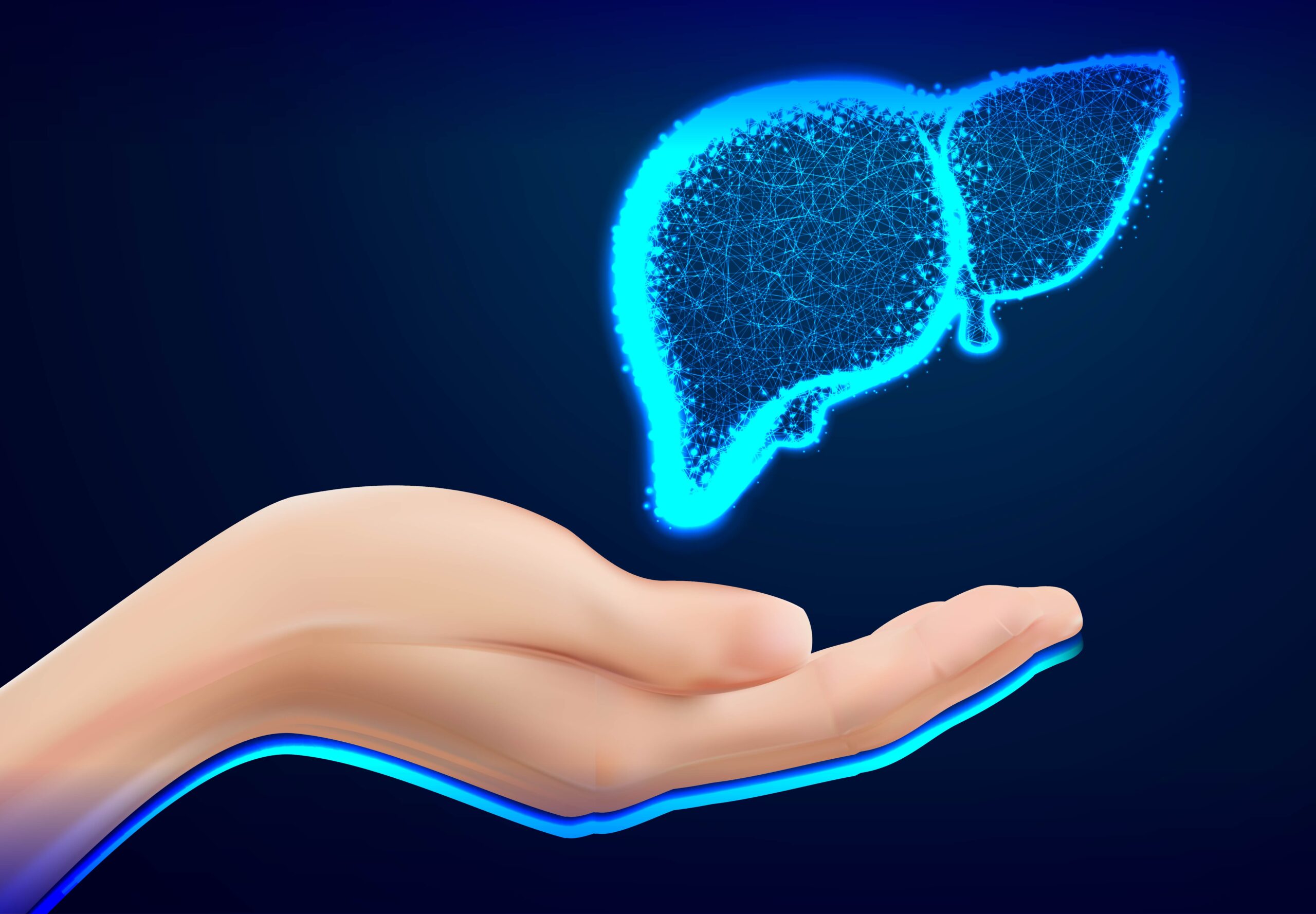The toddler had a huge 20 cm lump sitting on...

Choledochal cysts are rare but serious medical conditions affecting the bile ducts, which are essential for the digestive process. Although relatively uncommon, it’s crucial to comprehend the symptoms, causes, diagnosis, and treatment options associated with this condition.
What is a Choledochal Cyst?
A choledochal cyst is a congenital (present at birth) abnormality characterized by the formation of a cyst in the bile ducts. These cysts can vary in size and shape and can occur at any point along the bile ducts, from the liver to the small intestine. The presence of a choledochal cyst can obstruct the flow of bile, leading to complications such as infection, inflammation, and even liver damage if left untreated.
Symptoms
The symptoms of choledochal cysts can vary depending on the size and location of the cyst, as well as the age of the individual. Common symptoms may include:
- Abdominal pain, particularly in the upper right quadrant
- Jaundice, characterized by yellowing of the skin and eyes
- Fever and chills, indicating possible infection
- Nausea and vomiting
- Enlargement of the abdomen, especially in infants and young children
- Pale stools and dark urine, resulting from a lack of bile flow
Causes
The exact cause of choledochal cysts is not fully understood. However, it is believed to result from a combination of genetic and environmental factors. Some theories suggest that abnormalities in the development of the bile ducts during fetal growth may contribute to the formation of these cysts. Additionally, certain genetic mutations may increase the risk of developing choledochal cysts.
Diagnosis
Diagnosing a choledochal cyst typically involves a combination of medical history review, physical examination, and diagnostic tests. Imaging studies such as ultrasound, computed tomography (CT) scan, or magnetic resonance cholangiopancreatography (MRCP) may be used to visualize the bile ducts and identify the presence of a cyst. Blood tests may also be performed to assess liver function and detect signs of infection or inflammation.
Treatment
The primary treatment for choledochal cysts is surgical removal of the cyst and reconstruction of the affected bile ducts. The specific surgical approach may vary depending on the size and location of the cyst, as well as the patient’s age and overall health. In some cases, minimally invasive techniques such as laparoscopic surgery may be utilized to reduce recovery time and minimize scarring.
Without treatment, choledochal cysts can lead to serious complications, including recurrent infections, liver damage, and an increased risk of developing bile duct cancer. Therefore, early diagnosis and prompt intervention are essential to prevent long-term complications and improve outcomes for individuals with this condition.
Conclusion
Choledochal cysts are rare but potentially serious abnormalities of the bile ducts that require prompt medical attention. Understanding the symptoms, causes, diagnosis, and treatment options associated with this condition is essential for early detection and intervention. With timely and appropriate management, individuals with choledochal cysts can achieve favorable outcomes and lead healthy, productive lives.
Real Patients, Real Stories
Liver Transplant and Biliary Sciences Blogs
Jupiter Hospital Performs paediatric whole liver transplant
PUNE: An expert team of Jupiter Hospital, Pune performed...
Understanding the Symptoms of Metabolic Liver Diseases
By Dr. Manoj Shrivastav – Liver Specialist in Pune |...
Factors That Affect Your Liver Health
Your liver is one of the most hardworking organs in...





